Sustainable cities – actions from four European cities
Approaches to Sustainability in European Cities : Academy of Urbanism , Dundee , 20-09-2018
Creating a Sustainable City : Key Points from 4 cities across Europe
The Sustainable Cities Conference brought together people with leadership roles in the planning & design of 4 different cities in Europe. This is a snapshot outlining some points mentioned by each speaker - further information on the speakers is at the end of the content.
Bilbao ( Asier Abaunza Robles, Councillor, Bilbao City Council )
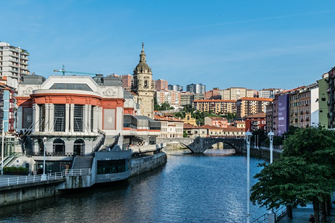
Ensure the 1st project is a success :
Initial focus & successful delivery on selected ‘low hanging fruit’ advertises the potential benefits of change. This generates momentum / support among the public, politicians, funding bodies….. & inspires change in other areas of the city.
Drivers of change :
people are often uncomfortable about the possible risks & disruption of change. In Bilbao, the economic collapse of existing employers & major flooding meant that change was inevitable.
Focus on Quality :
was seen as essential in creating an attractive environment for local people, visitors, students, highly skilled employees, investors…. Quality was significant throughout all the guideline principles of :
- Accessibility
- Environmental & Urban Quality
- Increased Human Resources (including a technology park & University Centres)
- Cultural development.
The aim was to create an attractive city that gained identity from its refurbished historic elements & enlargement of the greenbelt (designed so that greenbelt would be visible from all areas of the city). The new Guggenheim gallery achieved wider visibility but was seen as the tip of an iceberg rather than the main driver of change.
Utilise existing assets of the area :
the waterfront was dominated by industry and the port – relocating this allowed use of the area for iconic , high quality development in an attractive location.
Long term approach with a sustained focus :
well evidenced long term planning, without regular upheavals in approach, has been helpful in achieving sustained progress towards identified goals.
Ensure benefits are perceived by a wide section of people :
Social media, for example a youtube video on future proposals, was used to facilitate engagement and spread the vision. Attention was given to public engagement & perceived benefits for all areas of the city.
High quality sustainable transport :
ensure sustainable transport options are quicker and better than using the car. This included an intention that the majority of journeys within the city would be taken on foot, with lifts installed at a number of locations to improve connectivity in constrained spaces. Significant sections of the railway lines were relocated underground to improve accessibility and create quality public spaces.
Land ownership :
public ownership of the land for some early projects helped allow progress and provide clarity. Some proposed development schemes on privately owned land have been more problematic with regards to delivery.
Neighbourhood focus :
attention was given to identifying the heart of each neighbourhood & creating or maintaining this as a high quality, accessible space.
Visionary & Ambitious :
believe that major positive outcomes are achievable.
Aarhus ( Stephen Willacy, City Architect )
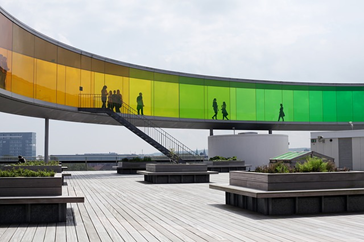
People are the Priority :
when a proposal for development is made, the developer is asked to clearly state how the proposals will contribute for the city & for its people.
Generation x,y & z :
some development schemes specifically incorporate, all in one building, places to live for old people, families with children, students etc. This maintains the connections between different ages within the community & avoids age based ‘ghetto’s’.
Integrated approach :
Regeneration of a large, challenged area of 1970’social housing utilised an integrated approach incorporating :
- ‘seeding’ of the regeneration through the relocation to the area of substantial local government departments including the architecture / planning section
- international design competition for a large connecting area of green / public space
- additional infrastructure to enable walking & cycling connectivity to the city centre
- mixed use spaces to encourage employment opportunities.
Freiburg ( Prof Wulf Daseking, Former Director of City Planning. )
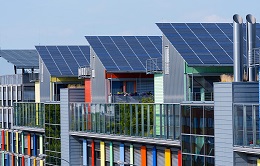
Quality, affordable Sustainable Transport :
provide quality sustainable transport options before people inhabit new development – this encourages helpful habits to be developed and therefore strengthens the system. Public subsidies allow the system to be useable, affordable, frequent and safe. There is a question whether a privatised transport system would deliver this.
Long term sustained focus :
long term leadership, vision & focus without constant changes of direction. A flat organisational structure also encouraged teams to take ownership of different spatial areas & facilitated effective communication.
Control over land :
allows a clarity of purpose and effective delivery of development.
Neighbourhoods & Socio-economic cohesion :
localised development can utilise & encourage the energy of the neighbourhood. Social and cultural cohesion is improved if local people can live, work (& shop) together.
Quality & Identity :
seen as more important than speed of development – ‘the bitterness of poor quality will last long after the sweetness of low price is forgotten’. Development should emphasise quality and identity in visual, environmental & cultural aspects – including opportunities to have fun.
'Intelligent Density' rather than sprawl :
an intelligent density of development facilitates accessibility, sustainable healthy transport options and cohesive socio-economic development in a place.
Ljubljana ( Liljana Jankovič Grobelšek, Head of the Planning Office )
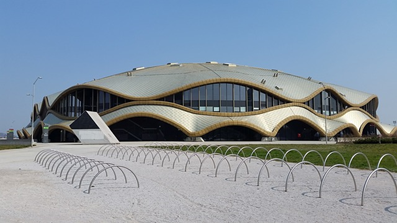
Sports & Social Activities :
used as a seed for development and a way to help create an attractive living environment.
Quality public spaces :
quality pedestrian zones & public spaces help to create an attractive environment that people will want to live in.
Green wedges :
green wedges stretch from the edge to the centre of the city and help to create an attractive environment with access to greenspace. The development plan specifies minimum percentages for greenspace.
Author & Further information : andrew.teece@improvementservice.org.uk
Academy of Urbanism @ Dundee : https://www.academyofurbanism.org.uk/dundee/
Appendix 1 : Speakers
Stephen Willacy : City Architect, City of Aarhus For the past six years working as chief city architect in Aarhus City Council, Stephen has gained insight and experience working within a politically led organization. The combination of working in private practice and public office, combined with research and teaching enables a keen understanding of the processes, demanding roles and responsibilities architects have both at political & local community level as well as in a global perspective. As Aarhus City Council’s chief city architect Stephen works towards ensuring the city develops in a way where architectural considerations are held in the highest regard and contributes towards continued innovation in relation to city planning, urban design and architectural quality. | 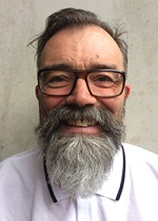
|
Bilbao : Asier Abaunza Robles, Councillor, Bilbao City Council Mr. Asier Abaunza is Agricultural Engineer (Public University of Navarra) and Prediction and Assessment of Environmental Impacts Specialist (Polythecnic University of Madrid). Since 2015 he has held the position of Councillor of the governing Basque National Party for Urban Planning at Bilbao City Council. Between 2007-2015 he was Traffic and Transport Councillor. He has had various professional responsibilities in the field of transport, mobility, governance and housing; among others: Chairman of various District Councils of Bilbao, President of the municipal entity Funicular Artxanda, Councillor of the Board of Directors at the municipal Housing entity, Technical Assistance at the Urban Planning Department of the Provincial Government of Bizkaia, Teacher at the Agricultural Technical School of Derio (Bizkaia), Engineer at various private companies and Adviser at the General Secretary of Foreign Affairs (Basque Government). | 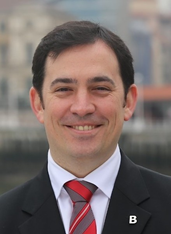
|
Freiburg : Prof Wulf Daseking, Former Director of City Planning, Prof Daseking was the Head of the City Planning Office in Freiburg between 1984 and 2012, during which time Freiburg was was transformed into a Green City. Since 2010, he has been a Professor at the University of Freiburg ( Sociology ) and also Assistant Professor at University College London / Bartlett School. He has over 30 years of experience in City Planning and Urban Development. Prof Daseking has also been a Jury Member in more than 130 Planning and Design Competitions as well as being a speaker at numerous Congresses and Universities – at home and abroad. Since 2012, Prof Daseking has been a Nominating Member of the Lee Kuan Yew – World City Price (Singapore), awarded every 2nd year. | 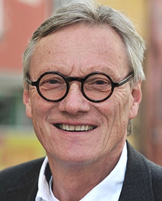
|
Ljubljana : Liljana Jankovič Grobelšek, Head of the Planning Office Liljana Jankovič Grobelšek is an architect, works as an urban designer and spatial planner. For almost two decades she worked in the private sector, including few years in her own company. From 2013 onward she has been the Head of the Planning Office in the Department for urban planning in the Ljubljana City Municipality. Starting to work for the capital city of Slovenia a few years ago, she was determined to lead the spatial plan and its constant amendments in the most professional direction. So, with her colleagues, she strives to cooperate with stakeholders in a way that achieves as much public interest as possible. She enjoys working for the city, since Ljubljana is a bustling and thriving capital. Her special passion are public spaces. Since 2014 she has been the president of the Town and Spatial Planning Association of Slovenia – a member organisation of the ECTP – European Council of Spatial Planners. | 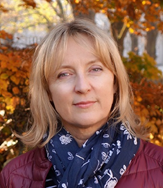 |

